

William Stopford
3 Days Ago

Contributor
Toyota has shown off its redesigned, full-sized Tundra pickup truck.
It replaces the outgoing model that has been on sale for 13 years and will be available with a new twin-turbo V6 hybrid.
The Tundra is expected to go on sale in North America later in 2021, with pricing announced closer to this date.
Toyota Australia told CarExpertearlier this year it’s studying the viability of introducing the Tundra locally, but no local plans have been locked in.
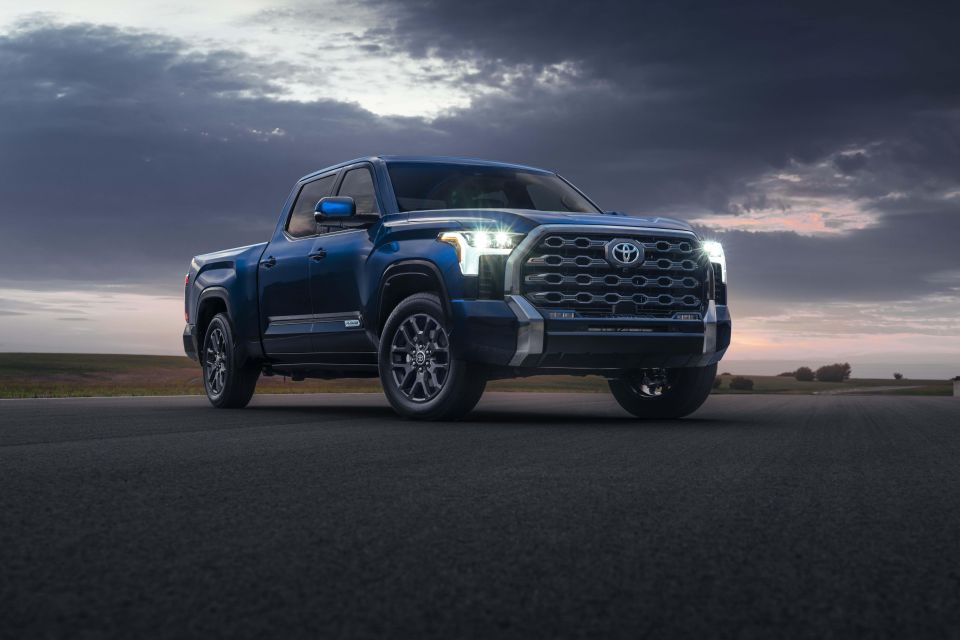
This will be the first generation of Tundra to not offer a V8 engine.
Instead, there are two different V6 powertrains to choose from.
The base engine is a 3.5-litre twin-turbo petrol V6 that produces 290kW of power and 649Nm of torque. This powertrain is paired to a 10-speed automatic transmission.
If this engine is familiar, it’s because this powertrain is also used in the Toyota Land Cruiser 300 Series in other markets.
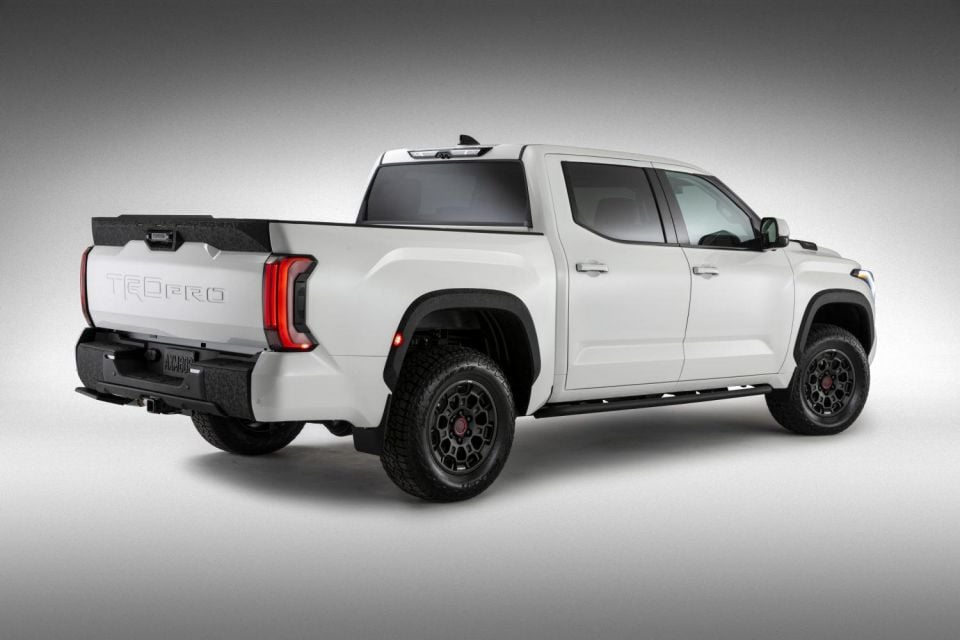
The flagship engine for the Tundra though is what Toyota is calling the i-FORCE MAX, which points to a future LandCruiser hybrid.
This engine uses the same 3.5-litre twin-turbo petrol V6 but adds a motor generator and a 288V nickel-metal hydride battery pack that’s located under the rear seats.
The hybrid powertrain has a total system output of 325kW and 790Nm.
It can use all-electric power at start-up and while driving and can also regenerate energy through its parallel hybrid components.
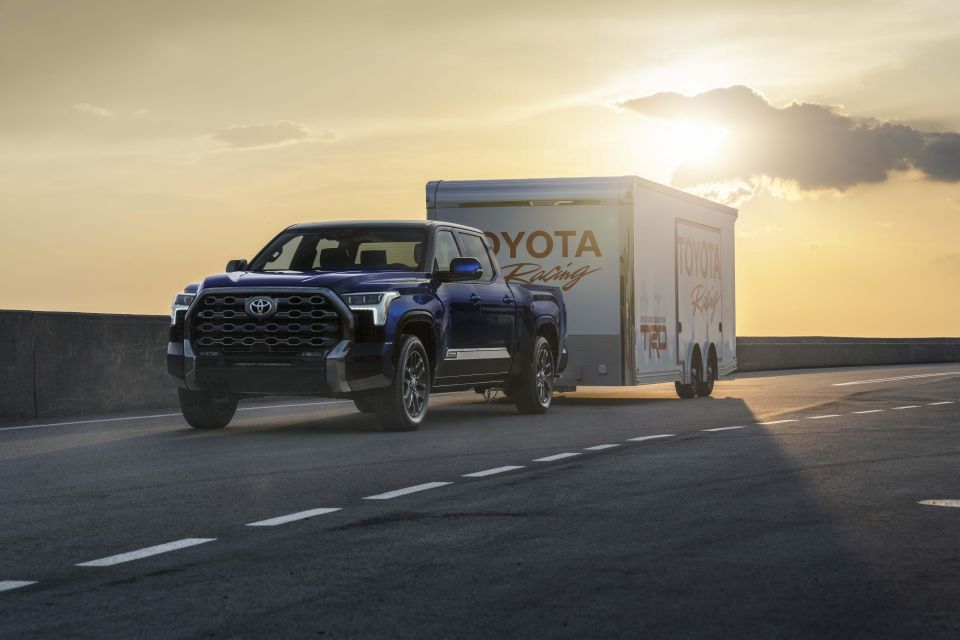
Toyota also says that this hybrid powertrain is designed to provide maximum performance and maximum efficiency at every extreme.
For example, this hybrid system will provide more power when towing.
In this new form, the Tundra is getting a new high-strength box, steel-ladder frame, aluminium reinforced composite bed, and an all-new multi-link, coil-spring rear suspension.
The result of this is an increased maximum towing capacity of 12,000 pounds (5443kg) and an increased payload capacity of 1940 pounds (880kg).
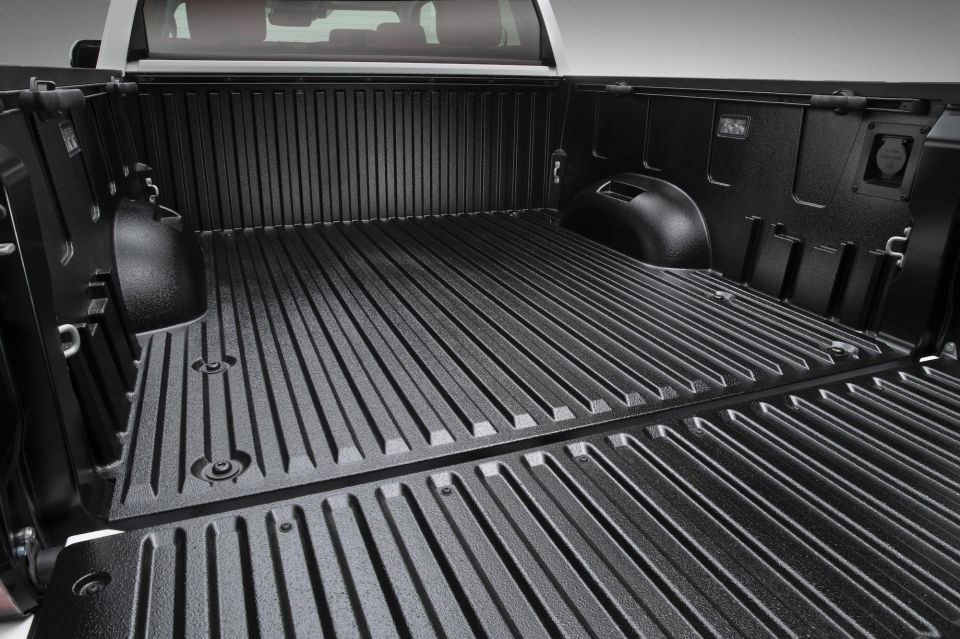
This maximum towing capacity is an increase of 1800 pounds (816kg) over the outgoing model.
Toyota says that the double-wishbone front and independent rear rear suspension and upgraded cab mounts (on Limited and above models) will improve ride quality.
There’s a new air suspension set-up available that’s designed to make towing simpler and also give the flexibility to change the load height for the tub.
There are also new FOX shocks available on the TRD Pro trim with a new front stabiliser bar and an aluminium skid plate.
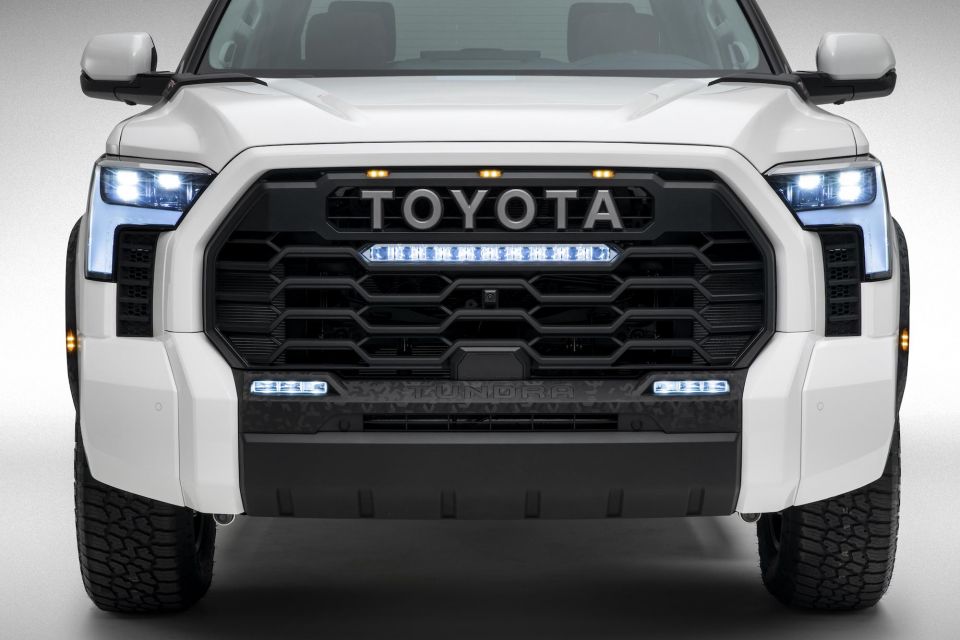
Toyota has said that the exterior uses “an interlocking design language” to reflect strength and capability.
This also goes along with a front fascia that’s designed to look like a fist punching through the air.
Inside, the Tundra comes standard with an 8.0-inch touchscreen infotainment system with wireless Apple CarPlay and Android Auto, with a 14-inch touchscreen optional.
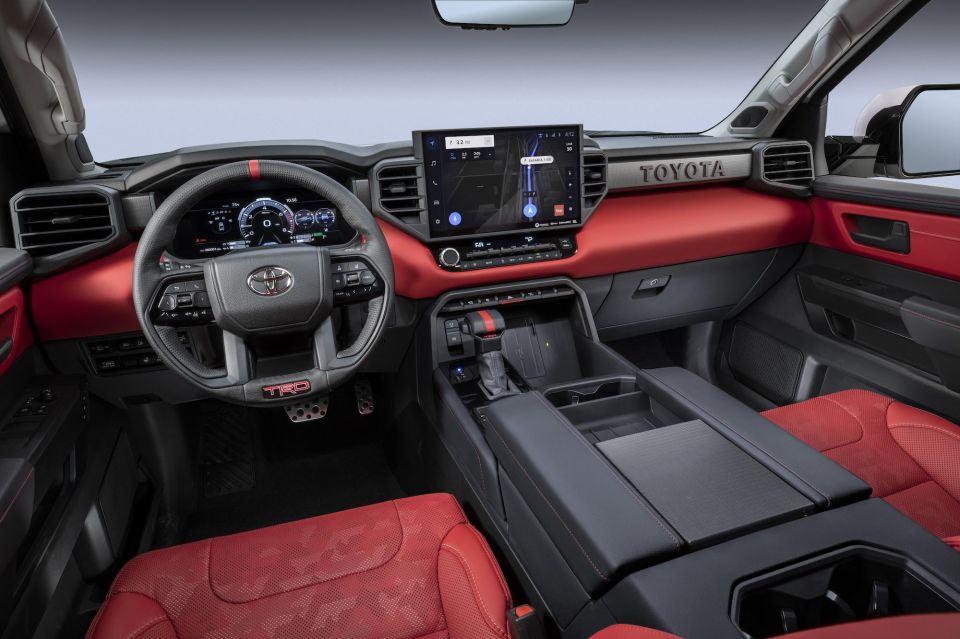
It’s also available with a 12.3-inch digital instrument cluster.
Standard across the new-generation of Tundra pick-ups is Toyota’s latest ‘Safety Sense 2.5’ active safety suite.
This includes the following:

This new-generation Tundra is offered with four different body styles. Two four-door models, the smaller Double Cab and larger CrewMax, can all be fitted with a variety of bed lengths.
The Tundra comes in SR, SR5, Limited, Platinum and 1794 trims, along with the TRD Pro and TRD Sport packages.
Toyota expects 75 percent of new Tundra sales will be with the standard V6, with 25 per cent to be the hybrid.
At this stage, there have been no official fuel consumption figures released.
The hybrid will give Toyota a rival to the hybrid version of the Ford F-150, though the all-electric F-150 Lightning doesn’t yet have a rival from the Big T.

The Tundra will be built in the same San Antonio, Texas production plant in the US as the outgoing model.
On sale now in the US for just over 20 years, the Tundra is Toyota’s attempt at claiming a slice of the full-size pickup truck segment.
It has consistently been outsold by the majority of its competitors, such as the Ford F-Series, Chevrolet Silverado, Ram 1500 and GMC Sierra, but has maintained steady sales figures and a loyal customer base over its lengthy run.
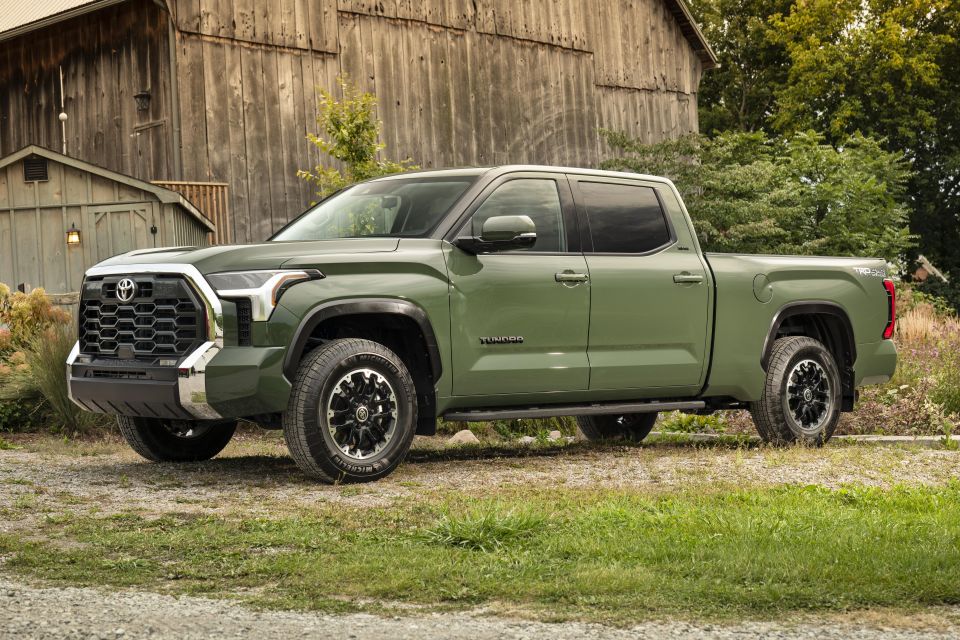
While the likes of the F-150 outsell the Tundra several times over, the Toyota has continued to consistently outsell the Nissan Titan despite that model receiving a redesign in 2016.
Take advantage of Australia's BIGGEST new car website to find a great deal on a Toyota.
Jack Quick is an automotive journalist based in Melbourne. Jack studied journalism and photography at Deakin University in Burwood, and previously represented the university in dance nationally. In his spare time, he loves to pump Charli XCX and play a bit of Grand Theft Auto. He’s also the proud owner of a blue, manual 2020 Suzuki Jimny.


William Stopford
3 Days Ago


James Wong
3 Days Ago


Damion Smy
2 Days Ago
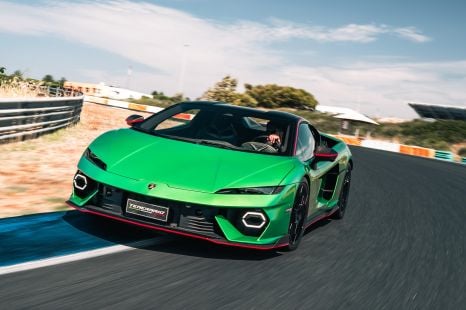

Alborz Fallah
2 Days Ago


Max Davies
2 Days Ago
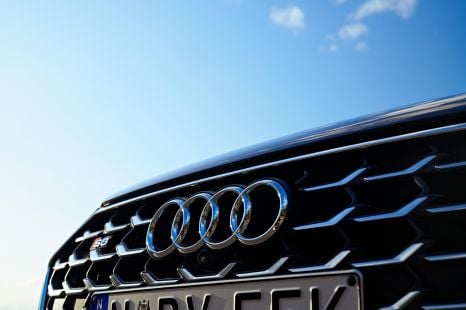

William Stopford
1 Day Ago